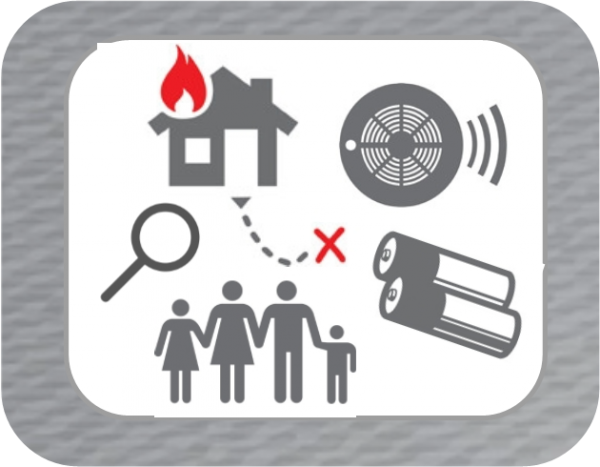Yale, UConn Fall Among Peers as Full-Time MBA Enrollment Continues Nationwide Decline
/Full-time two-year MBA programs in the United States have seen declines in application volumes since 2014. Last year, only one-third (32%) of programs reported increased application volumes; 64 percent saw declines, according to the Graduate Management Admission Council’s Application Trends Survey 2017.
 When Bloomberg Businessweek ranked the nation’s business schools offering two-year full-time MBA programs, Harvard, the University of Pennsylvania’s Wharton School and the MIT Sloan School of Management topped the list, issued in late-2017. Among Connecticut business schools, Yale University ranked at number 16 and the University of Connecticut placed at number 66. Yale dropped two places from the previous year, UConn dropped three. In 2015, Yale ranked #11. A total of 85 schools nationwide received rankings.
When Bloomberg Businessweek ranked the nation’s business schools offering two-year full-time MBA programs, Harvard, the University of Pennsylvania’s Wharton School and the MIT Sloan School of Management topped the list, issued in late-2017. Among Connecticut business schools, Yale University ranked at number 16 and the University of Connecticut placed at number 66. Yale dropped two places from the previous year, UConn dropped three. In 2015, Yale ranked #11. A total of 85 schools nationwide received rankings.
Each school’s ranking is based on surveys of recruiters, alumni, and students, as well as recent graduates’ success at landing jobs and securing high starting wages. The methodology Bloomberg Businessweek uses to arrive at its annual MBA ranking involves weighting each of five principle factors: 35 percent for the Employer Survey score, 30 percent for the Alumni Survey score, 15 percent for the Student Survey score, 10 percent for the Job Placement Rate score, and 10 percent for the Starting Salary score.
UConn’s employer survey rank was 77 among the 85 business schools tallied, the job placement rank was 67, and the student survey rank was 73. The bright spots in the rankings were UConn’s alumni survey rank, 48th, and salary rank, 39th.
Yale’s top rankings were in the alumni survey (9th) and salary survey (15th), with the School of Business ranked 21st in the employer survey, 27th in the student survey and 42nd in the job placement rankings.
The Graduate Management Admission Council report, issued in September 2017, pointed out that “For many years, U.S. programs have come to rely on international candidates to add to their application pipeline. However, the recent change in political administration became a concern among potential international candidates. Three-quarters (75%) of programs reported declining international application volumes.”
That same month, the Wall Street Journal reported that “applications to full-time M.B.A. programs in the U.S. fell for a third straight year, the latest signal that business schools are struggling to entice young professionals out of a strengthened job market.” Fortune later reported that “while applications to business school overall have declined over the past three years, this isn’t necessarily the case across the board. On the contrary, the top-ranked business schools are seeing a massive influx of interest from students. Yale University’s School of Management, for example, has seen a whopping 45% increase in applications since 2013.” Harvard increased by 11 percent during that period; UPenn’s Wharton School by 3 percent.
In addition to Yale and UConn, full-time MBA programs are in place at Connecticut schools including Fairfield, Quinnipiac, Sacred Heart, Central Connecticut, and the universities of Hartford and New Haven.



 According to “The State of Languages in the U.S.: A Statistical Portrait,” Connecticut was one of seven states, along with New Jersey, Pennsylvania, Maryland, Vermont, New Hampshire and Wisconsin, where more than 30 percent of K-12 students were enrolled in language. As of 2014, only twelve states had more than one in four elementary- and secondary-school students studying languages other than English.
According to “The State of Languages in the U.S.: A Statistical Portrait,” Connecticut was one of seven states, along with New Jersey, Pennsylvania, Maryland, Vermont, New Hampshire and Wisconsin, where more than 30 percent of K-12 students were enrolled in language. As of 2014, only twelve states had more than one in four elementary- and secondary-school students studying languages other than English.
 image of Michelle Obama’s face,” the researchers pointed out.
image of Michelle Obama’s face,” the researchers pointed out.


 The consolidation plan was subsequently approved by the Board of Regents of CSCU in December, with only one member of the Board abstaining and others unanimously supporting the plan, developed to save money across the system by eliminating staff positions, many said to be duplicative, that would not adversely impact students. Student and faculty groups at the campuses have raised questions about the ultimate effectiveness of the plan, or have opposed it outright.
The consolidation plan was subsequently approved by the Board of Regents of CSCU in December, with only one member of the Board abstaining and others unanimously supporting the plan, developed to save money across the system by eliminating staff positions, many said to be duplicative, that would not adversely impact students. Student and faculty groups at the campuses have raised questions about the ultimate effectiveness of the plan, or have opposed it outright.

 The Yale School of Public Health also
The Yale School of Public Health also 



































